
DEEP INTO THE COMMUNITY
Black Diamond Athlete Angela Hawse is a guide for change.
You're eligible for Free Shipping!
$0.00 USD

The year is 1988. Paul, clad in a bright yellow sweatshirt and sporting a week’s worth of stubble, eyes the “home-free” knob just out of reach while perched on El Capitan’s daunting Salathé headwall.
With 3,000 feet of air beneath his feet, Paul clings to a few crimps and granite smears and studies the next sequence. He knows he has to trust his friends—one being the strong Wyoming cowboy named Todd Skinner holding the other end of the rope. The second being his gear, including a rigid-stem Friend with a blue 9/16’s sling he sewed himself.













Putting his faith in his homemade bar tacks, his abilities, and his belayer … he jumps.
The fall came with a gust of rushing air. Paul’s body spun upside down as he hurtled backwards into space. The pine trees thousands of feet beneath him on the Valley floor quickly came into focus and grew larger before the rope came taught, leaving him dangling with dizzying exposure.
The 32nd pitch of the Salathé, for now, remained un-freed.
But at least the gear held.

“I never had the facility to try and break these things,” says Paul as he reminisces about his gear. “I guess my weight and Todd’s and other friends that happened to fall on them was test enough.”
Still curious, however, Paul recently surprised the Black Diamond quality engineers with a box of his archival cams and hand-sewn slings. Each piece came with a meticulously handwritten note, describing the adventures these pieces had accompanied him on.

Over time, Paul collected more cams, many of them becoming crucial pieces of his rack for the next 40 years, including the second Friend he ever bought, which he outfitted with a hand-sewn, blue 9/16’s sling.
When asked why he sewed his own slings, Paul is candid.
“I was always a tightwad, and it was cheaper,” he laughs. “And it was kind of fun.”
Paul learned to sew as a literature student at the University of Laramie.
“I had to have another elective, so I took a sewing class,” he says. “I made a lot of weird stuff, and they just didn’t understand what I was making. I didn’t care how beautiful it was, it just had to be strong. And that’s how I came up with my bar tacks.”
Paul acquired an old Pfaff sewing machine that he describes as “heavy duty,” and began modifying and creating his own gear, from packs to what he now calls his “Paul-sewn” slings that still hang from his rack.

He improvised his own way of creating “fake bar tacks” on the slings, but he never doubted their strength.
“What I’d do is I’d make a single line of stitching, and then I’d go over it again with a zig zag, just a little bit, and then I’d make a wider one and a wider one and a wider one.”
He adds:
“I think they were all bombproof. The stitching was probably stronger than the webbing.”
Paul recently pulled a few pieces off his rack to share with Black Diamond so he could once and for all settle his curiosity.
“Nowadays, it’ll be really interesting to see how strong those slings are,” he says. “I never had anything tested other than falling on them. Never failed.”
However, he made sure to specify that the cams remain undamaged.
“I still use them,” he says. He also explained that there’s a deeper connection to these pieces. “It’s just a tool, but it has taken you to a lot of places.”
He adds:

I received an email out of the blue from Paul Piana.
KP, would you be interested in testing some of my home sewn, and knotted 40-year-old slings as well as some of the slings on my cams? You might shudder at some of the gear I still use … They were used on first ascents at Vedauwoo, the Black Hills, Devils Tower, Eldo, the Great Canadian Knife, Mt. Poi in Kenya, in Greenland and the FFA of the Salathe Wall.
Uh, yeah. RAD!
Hunter, one of the crack crew of QA Engineering wizards (yes ladies... he's single) fired up the tensile tester and we got to breaking some of the most historic gear you could imagine. Just holding some of this stuff and reading Paul’s hand-written notes about the history of some of these pieces was incredible. I just kept reminding Hunter – DON’T BREAK ANY OF THE CAMS … just the slings!

“They’re friends, and I don’t mean trademark friends. I mean they're my buddies. I can hold these cams and think about good times or bad times …”
With those last few words hanging in the air, he trails off. The gear, once again, has become a vehicle, and for a split-second Paul is back on the crux pitch of the Salathé headwall. His now deceased partner is with him once again, holding the rope. He can hear Todd’s encouragement as he eyes the “home free” knob.
With friends he knows he can trust beneath him, Paul jumps … and latches the finishing hold. At 5.13b, a couple of Wyoming cowboys have proven to the world that El Cap goes free.

In order to get a close comparison, we tested similar configurations to Paul’s gear, but with new webbing. I.E. water knot in 9/16” Supertape, and water knot in 1” tubular webbing.
The slings were tested in standard testing configuration using 12mm pins.

As always, it's hard to compare off of one data point, and especially hard to call these comparisons apples-to-apples because there undoubtedly has been different variations and strengths of super tape and 1” webbing from various suppliers over the last 40 years. Regardless, here it goes:



Paul's old gear and home-sewn slings did about as well as could be expected and in all cases wouldn't have had a problem holding a typical fall.
Knotted slings when comparing old to new fared better than when comparing an old sewn sling and a new sewn sling.
Anytime you knot a sling you're going to reduce the overall strength. A good general rule of thumb is that knots can reduce a sling’s strength by up to 60%.
Prolonged exposure to sun and/or abrasion can reduce the strength of slings.
THE BOTTOM LINE
At the end of the day, Paul's old gear held up pretty well, and his home sew jobs weren’t bad. However, I definitely can’t recommend sewing your own slings, using knotted slings nowadays or using 40-year-old gear.



Follow BD Athlete Yannick Glatthard deep into the Swiss Alps as he shares his home...
Follow BD Athlete Yannick Glatthard deep into the Swiss Alps as he shares his home mountains with close friends.

Follow Dorian Densmore and Mya Akins for another winter season of steep Alaskan spines, backyard...
Follow Dorian Densmore and Mya Akins for another winter season of steep Alaskan spines, backyard couloirs, and deep adventures in the mountains.
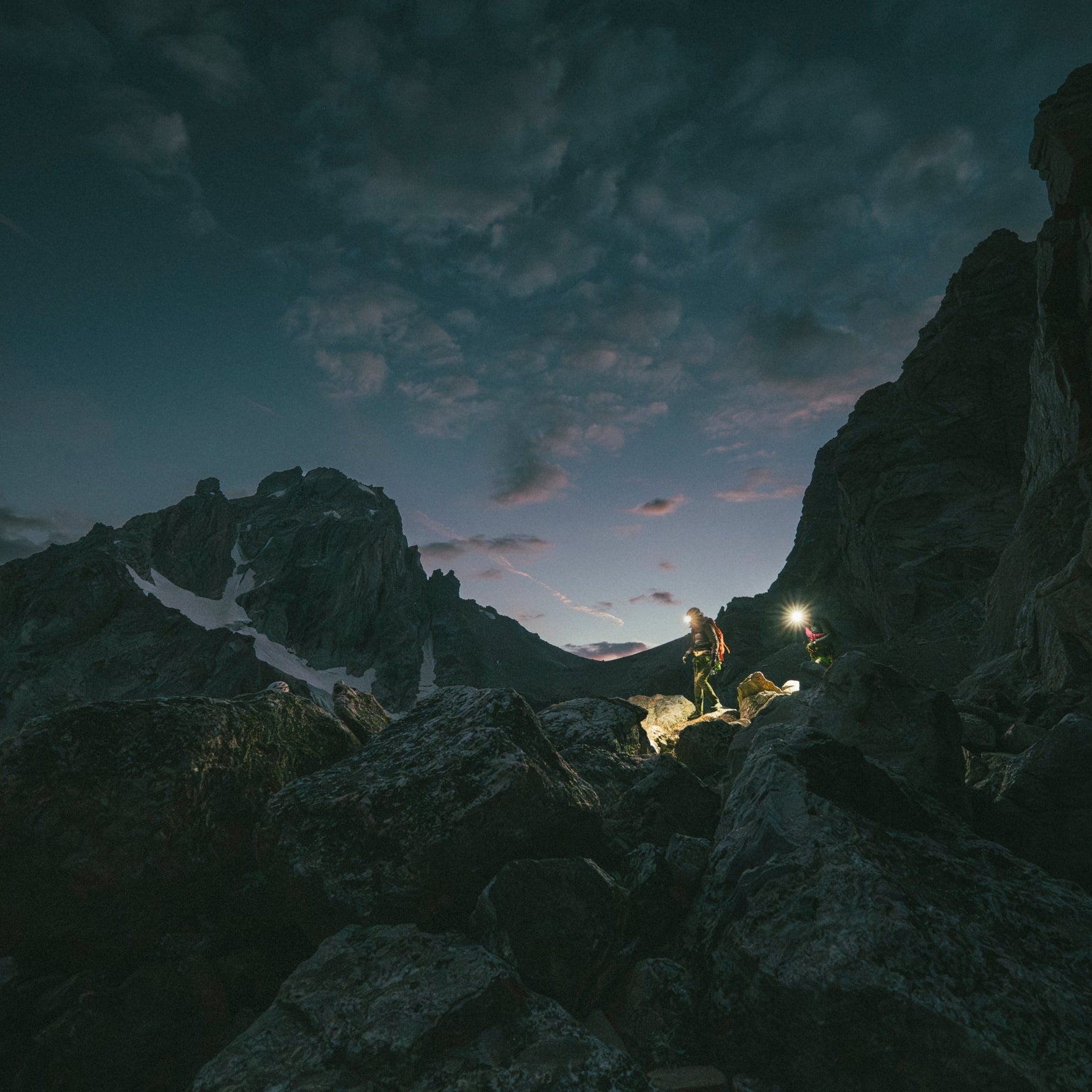
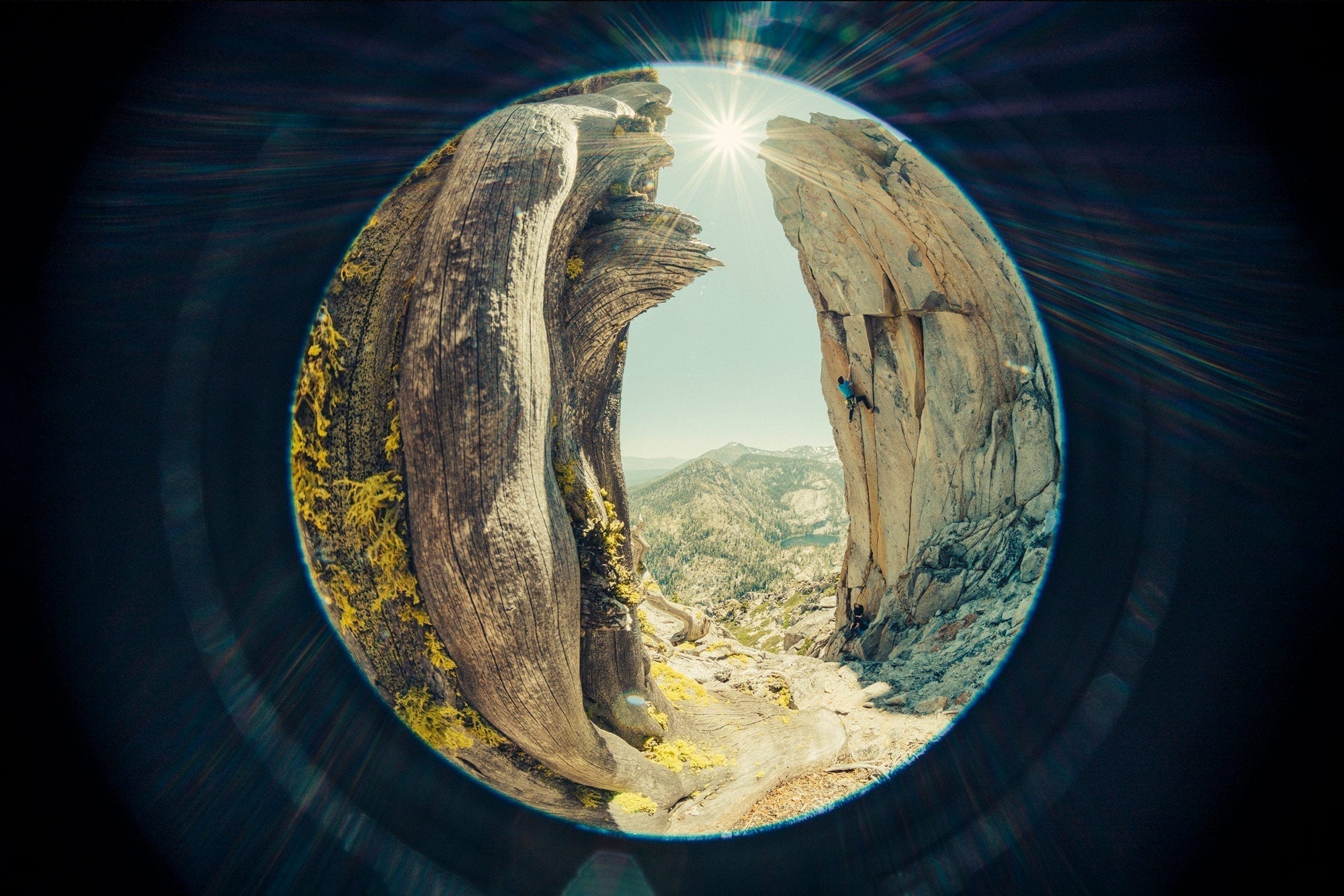
Watch BD Athlete Alex Honnold throw down on some hard trad high above Tahoe.
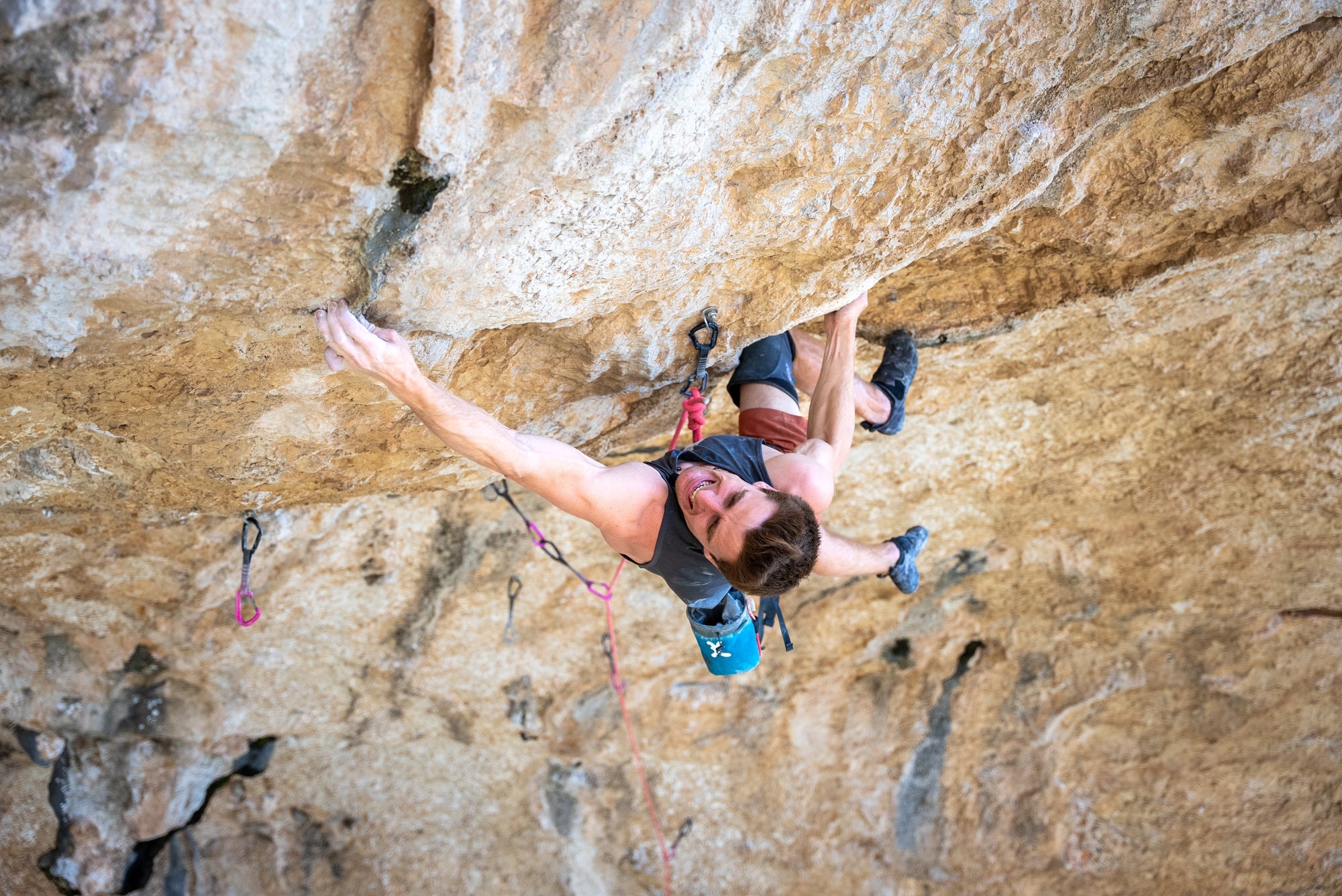
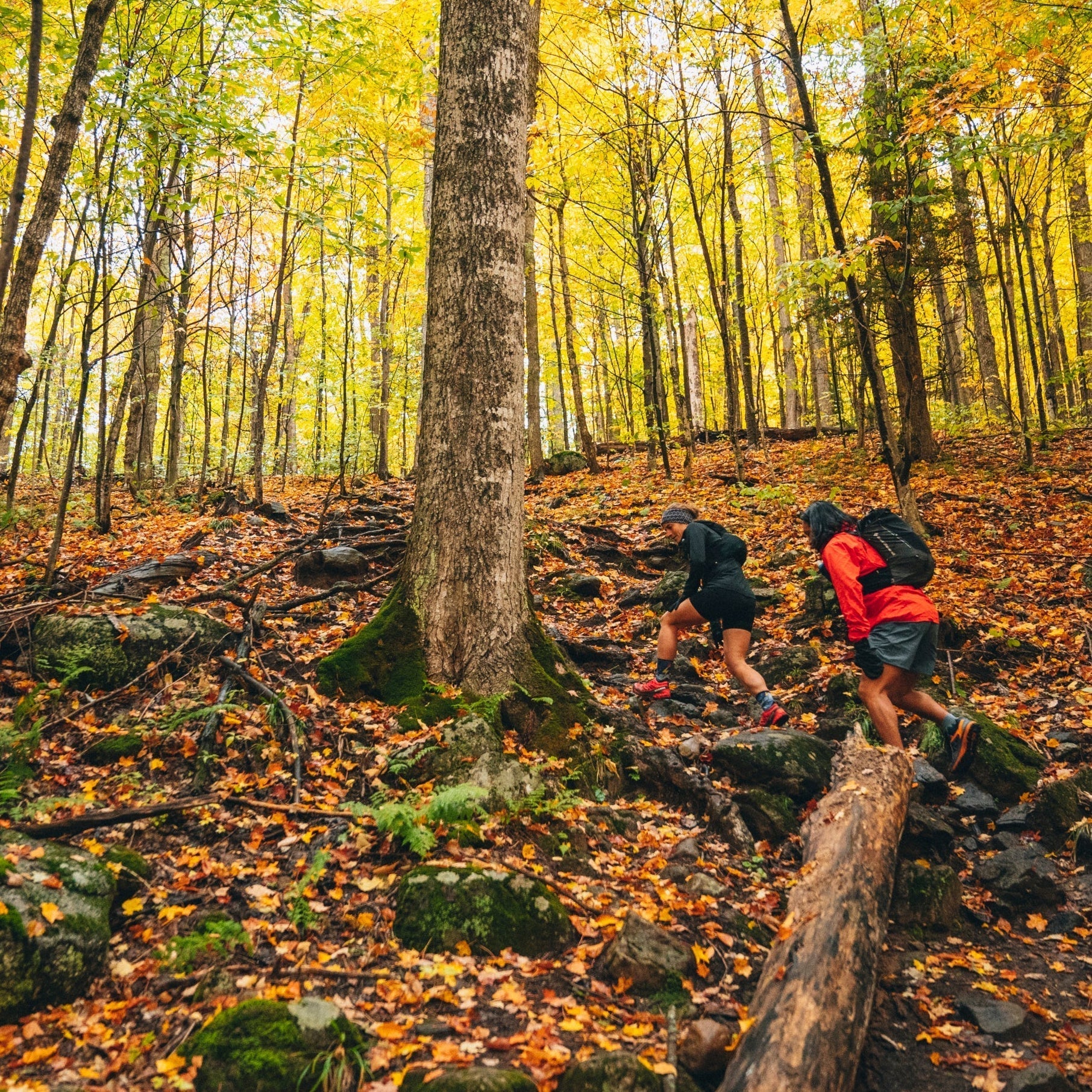
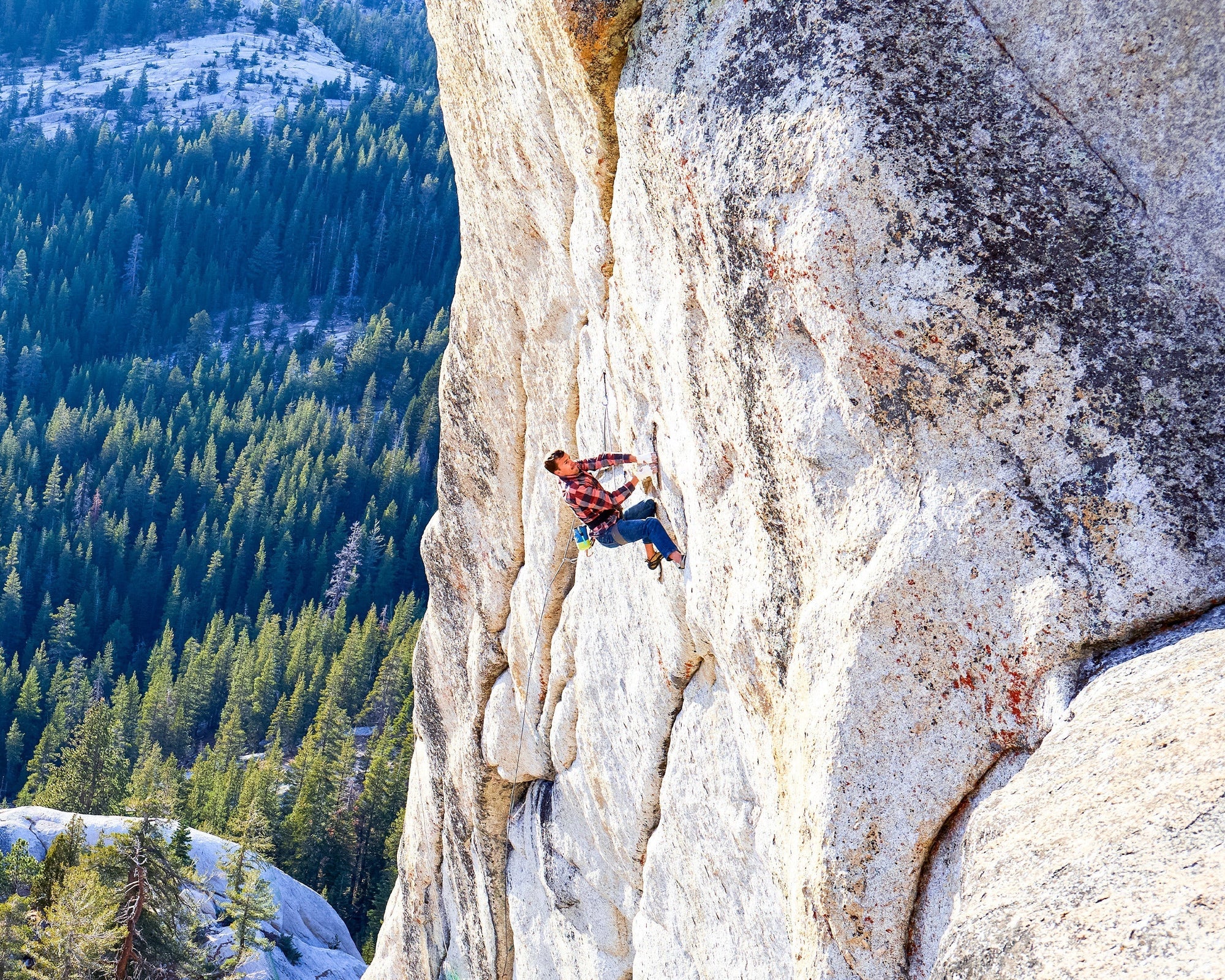
In 2012, filmmaker and photographer Ben Ditto, and professional climber Mason Earle equipped an immaculate...
In 2012, filmmaker and photographer Ben Ditto, and professional climber Mason Earle equipped an immaculate line in Tuolumne’s high country. But their attempts to free the route were thwarted when Mason’s life changed drastically. With the help of Connor Herson, Ditto and Mason found a way to keep the dream alive.
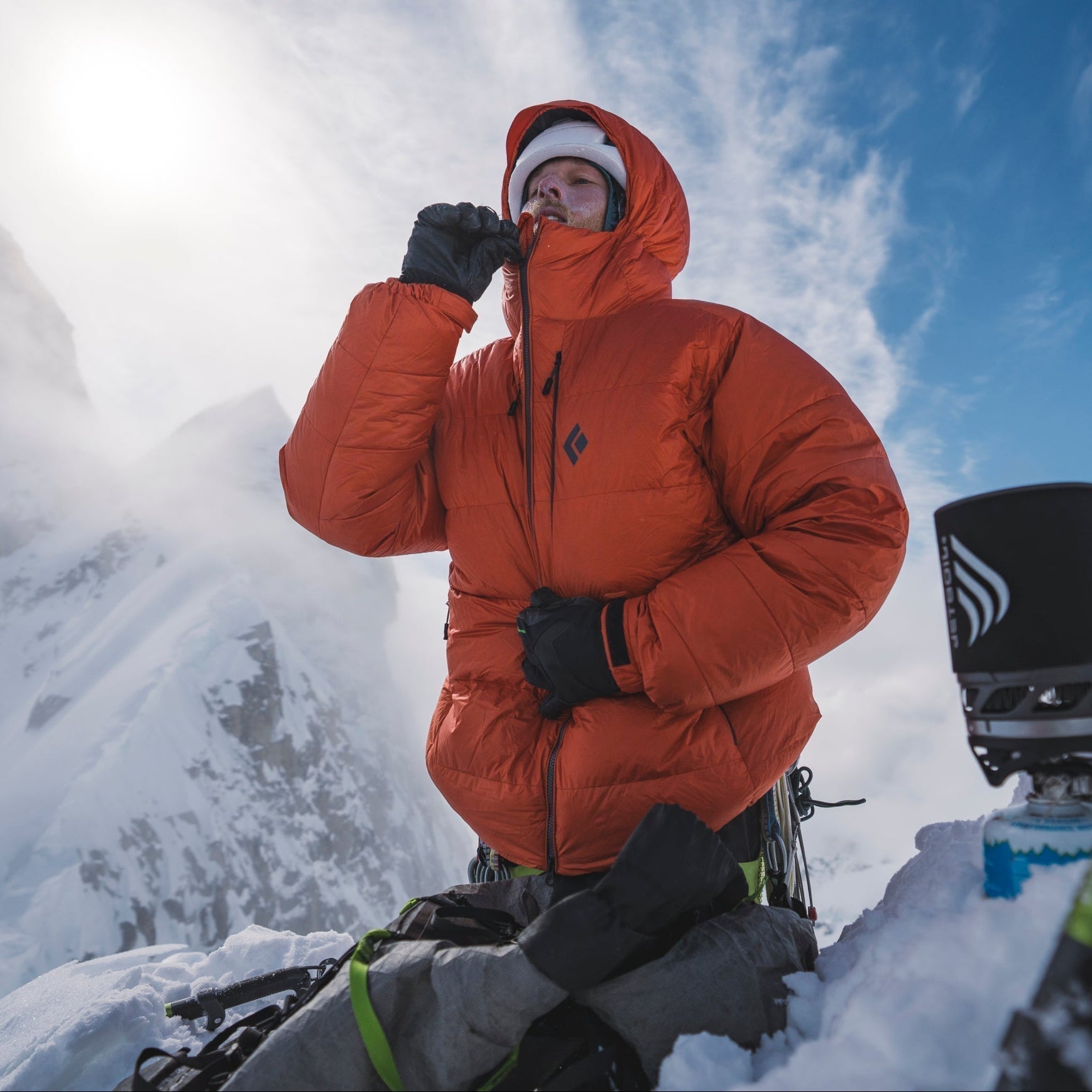
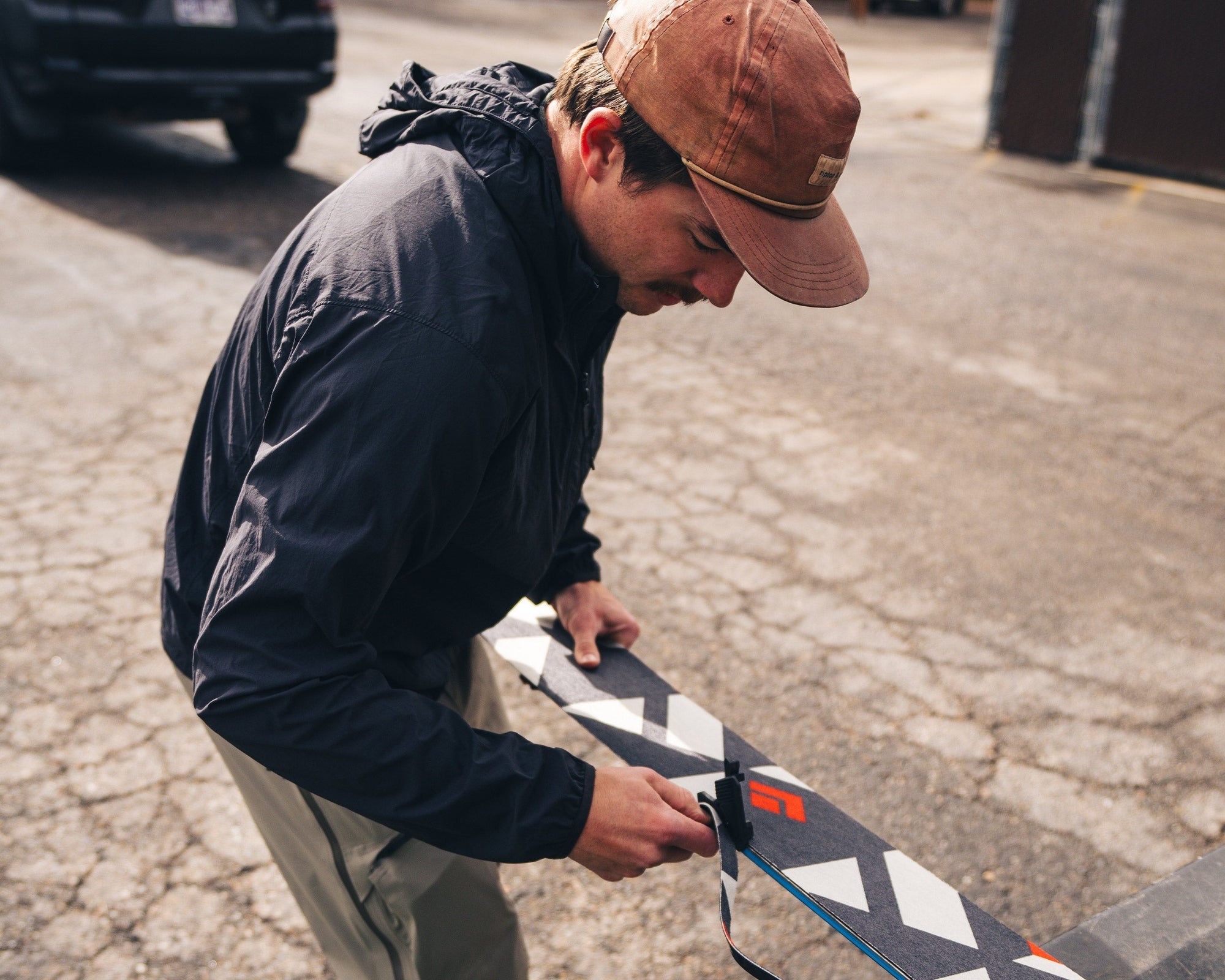
Watch and learn as our Field Test Coordinator runs you through a step by step...
Watch and learn as our Field Test Coordinator runs you through a step by step process of trimming and setting up any STS-style Black Diamond skin.


Every climber has a few lines they dream about. Whether inspired or haunted—or sometimes both—these...
Every climber has a few lines they dream about. Whether inspired or haunted—or sometimes both—these lines can push us beyond what we thought we were capable of, in turn teaching us who we really are. BD Ambassador Ethan Salvo recently restructured his entire life to focus on two climbs that pulled him into the void with only one way out … getting to the top. This is his story of sending Dreamcatcher and becoming the first Canadian to climb V16 in the same week.
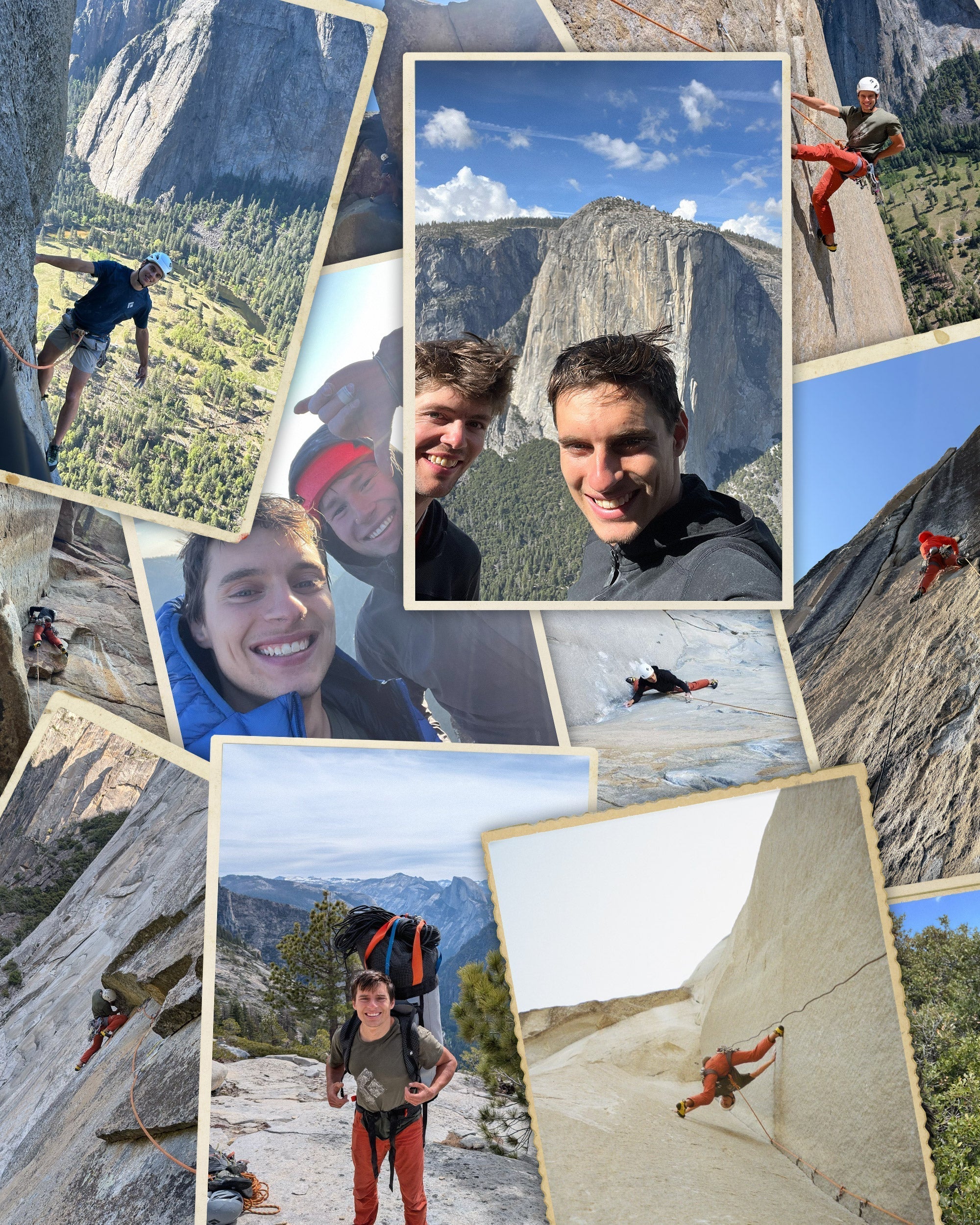
BD Athlete Connor Herson spent as many weekends as possible in the Valley this spring...
BD Athlete Connor Herson spent as many weekends as possible in the Valley this spring during a grueling quarter at Stanford. The objective? Ground up, in-a-day ascents.
